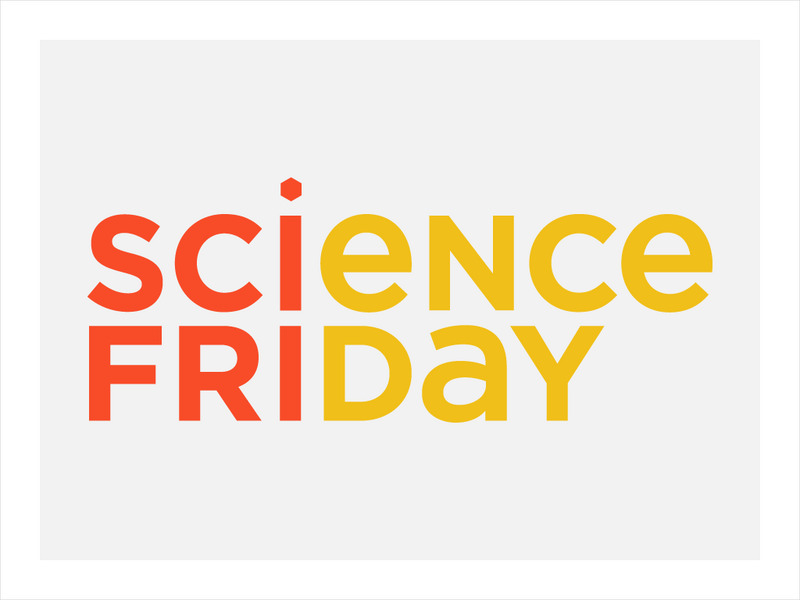Hi, what do you want to do?
Bridgeman Arts
A Line Is Drawn. Part Three. From a documentary about the NATO Air Defence Ground Environment system (NADGE)
From a documentary about the NATO Air Defence Ground Environment system (NADGE)
Bridgeman Arts
She Flies - A film about the Concorde
This iconic award-winning film documents the supersonic Mach 11 aircraft, the Concorde 001, and its first flight from Blagnac, Toulouse, France in March 1969. The end of the film features the first flight of the Concorde 002 from the UK,...
Bridgeman Arts
Wings Over Europe (5)
Eight great warplanes examined in detail: Mustang, Stuka, Spitfire, Flying Fortress, P-38 Lightning, Messerschmitt BF-109, Messerschmitt ME-262, & Soviet Stormovik.
Bridgeman Arts
Interior radar defence stations, military scramble
Miscellaneous clip about NATO radar defence stations. Scramble and enemy interception
Bloomberg
SpaceX Launches First Mission of 2019
Jan.11 -- Elon Musk's Space Exploration Technologies Corp. successfully launched its first rocket of 2019, carrying satellites for Iridium Communications Inc. into orbit. Sean Casey, co-founder and managing editor at Silicon Valley Space...
Curated Video
The Growing Risk Of Space Junk
Some space debris is too small to be cleaned up practically. Instead, we need to know where it is so we can avoid it.
Bloomberg
The Day Television Went Global
May.09 -- The dawn of worldwide live television can be traced back to July 10th, 1962, when AT&T's Telstar satellite successfully transmitted a signal between the U.S. and Europe for the first time in history. (Video by Raymond Schillinger)
Veritasium
How To Clean Up Space Junk
NASA tracks around 20,000 pieces of debris orbiting Earth. The garbage humans leave in space cause problems for space exploration, satellites, and communication. One group of scientists hopes to clean up the junk and make this planet...
Veritasium
Spinning Black Holes
Why is the spin of a black hole important? Scholars explore spinning black holes and how they relate to momentum, matter, and mass. They investigate the different parameters that are used to measure black holes by understanding how...
Crash Course
To the Moon and Mars - Aerospace Engineering: Crash Course Engineering #34
Did you know that space flight has its own field of engineering? The 34th video in the Crash Course Engineering series looks at aerospace engineering and its two branches, aeronautical engineering and astronautical engineering. It...
Veritasium
The Best Test of General Relativity (by 2 Misplaced Satellites)
An analysis of launched objects helps scholars understand general relativity in greater detail. These aren't just any launched objects, though! A video presentation describes the gravitation potential energy of satellites in orbit and...
SciShow
How the US Launched Its First Satellite
Start to finish, the first satellite was an 84-day project. Follow the process in a video lesson presentation from the SciShow Space series. The narrator explains the decision-making process and structure of the satellite as well as the...
SciShow
We May Have Found the First Exomoon!
Is it possible scientists located the first exomoon, a moon outside our solar system? Watch a video lesson to learn why researchers believe they discovered an exomoon and the implications of this discovery on further research....
PBS
Kepler’s Laws of Planetary Motion Described Using Earth Satellites
Young scholars examine the orbits of the more than 1,400 satellites that orbit Earth and visualize the application of Kepler's laws. They observe patterns of orbital periods and velocity as a function of distance from Earth to facilitate...
PBS
Solar Space Telescopes
See the sun shine as you've never seen it before! Captivate your class with an activity from NOVA's Sun Lab unit. Viewers learn about the advanced satellite-mounted telescopes NASA uses to monitor the sun at every wavelength of light,...
NASA
The Water Cycle: Heating the Ocean
There is more to the water cycle than simply rain and evaporation! The first installment in a four-part series explores the solar heating of the ocean through three satellite animations. The animations offer different views of the earth...
Crash Course
Gamma-Ray Bursts
What do you get when you combine the Cold War with black holes? You get one of the greatest scientific mysteries in the history of astronomy! Pupils discover how our quest to keep the Soviet Union from launching nuclear weapons helped to...
MinutePhysics
GPS, Relativity, and Nuclear Detection
When will we need to know Einstein's Theory of Relativity in real life? Every single time you use a cell phone, GPS, or watch satellite TV. When a satellite is sent into space without accounting for relativity, problems immediately arise...
SciShow Kids
What Do Astronauts Do?
Discover why astronauts go to space and what they do there with an entertaining video equipped with captivating graphics and an energetic host.
Crash Course Kids
Everything Revolves Around You
There are a couple of things that orbit Earth; satellites and our moon. But how is it that these objects don't crash into Earth? This is the focus of a video that explains how the gravitational pull of Earth on the moon and the velocity...
TED-Ed
How Does Your Smartphone Know Your Location?
When your smartphone tells you the weather of your current location or gives you directions to the nearest gas station, there's more going on that you might realize. Follow along with this short video as it explains how...
NASA
GPM: Too Much, Too Little
This little video helps earth science learners understand the importance of recording precipitation patterns and forecasting where and when the next extreme events may occur. Various meteorologists share Global Precipitation Measurement...
PBS
Pbs Learning Media: Earth System: Satellites
This video segment adapted from NASA's Goddard Space Flight Center shows how integral satellites are to everyday life and describes the different types, including orbital and geostationary.
Science Friday Initiative
Science Friday: Predicting When Space Junk Will Come Home to Earth
This weekend, another satellite is scheduled to crash to Earth, just a month after the last one.






















